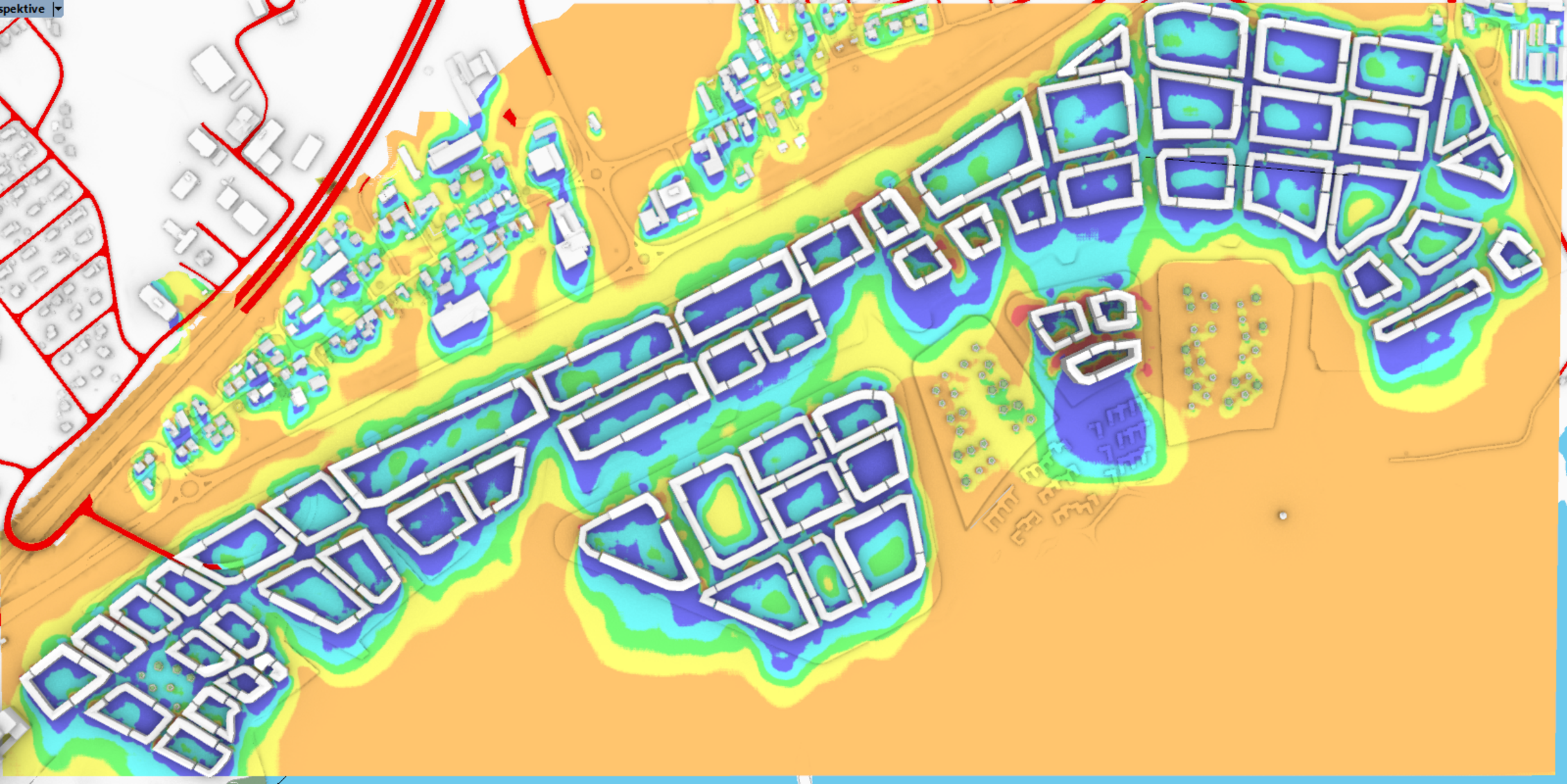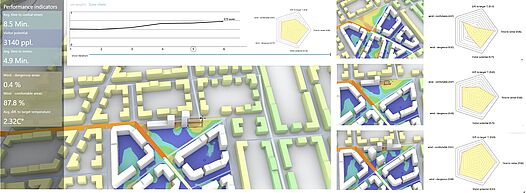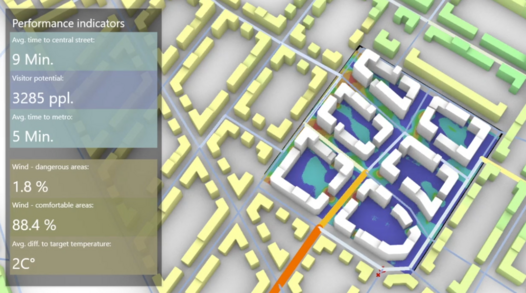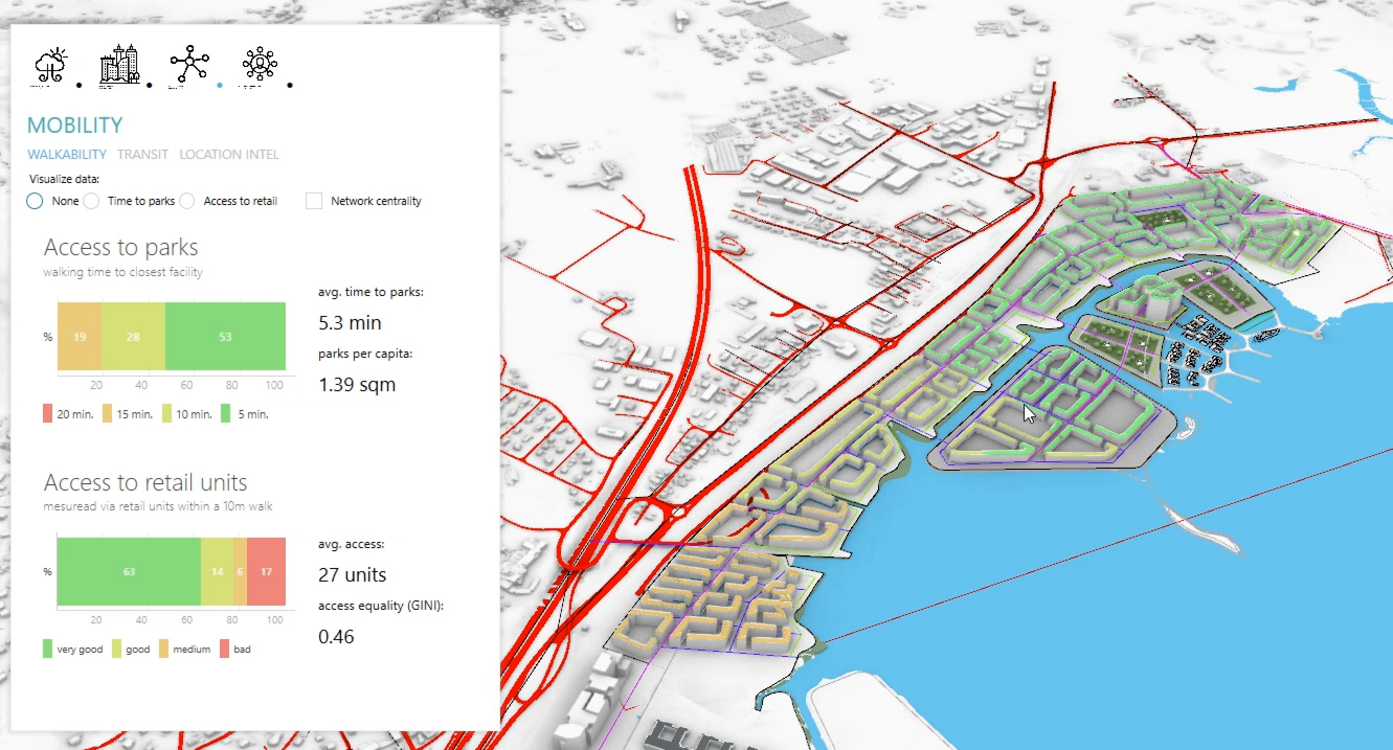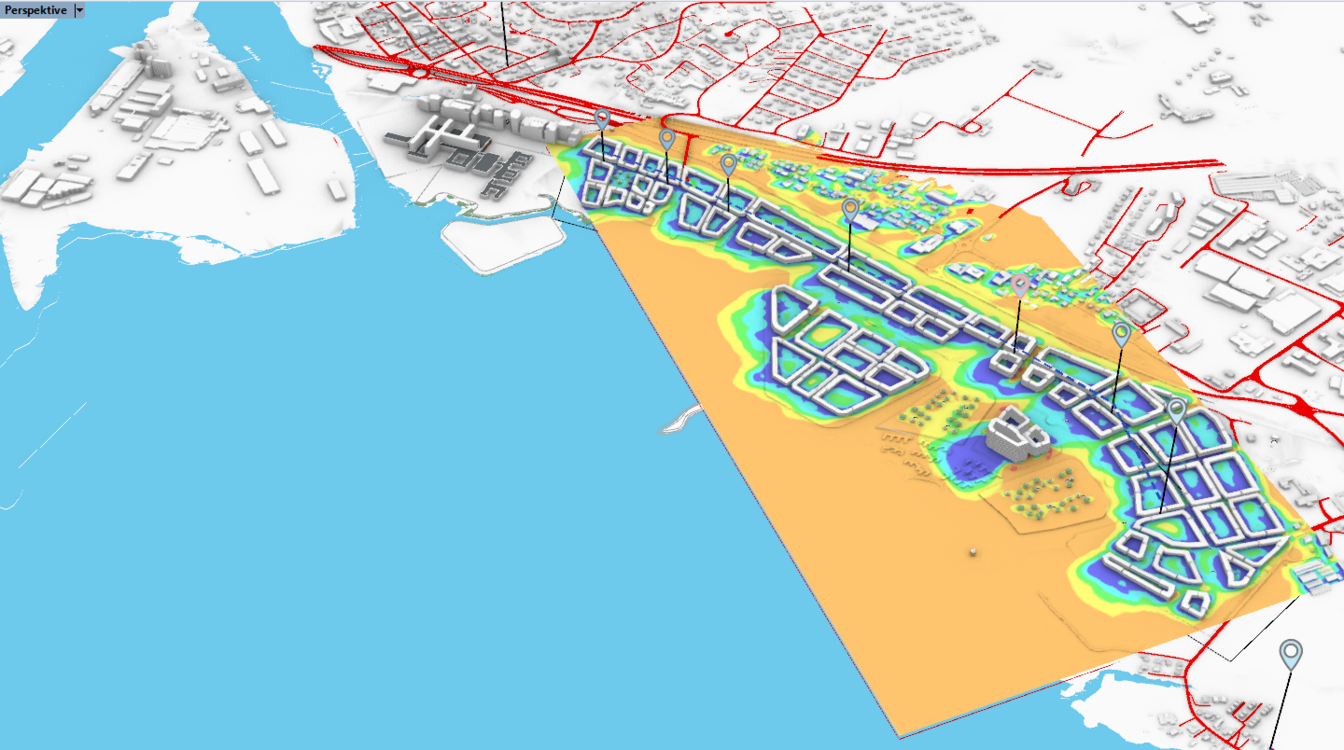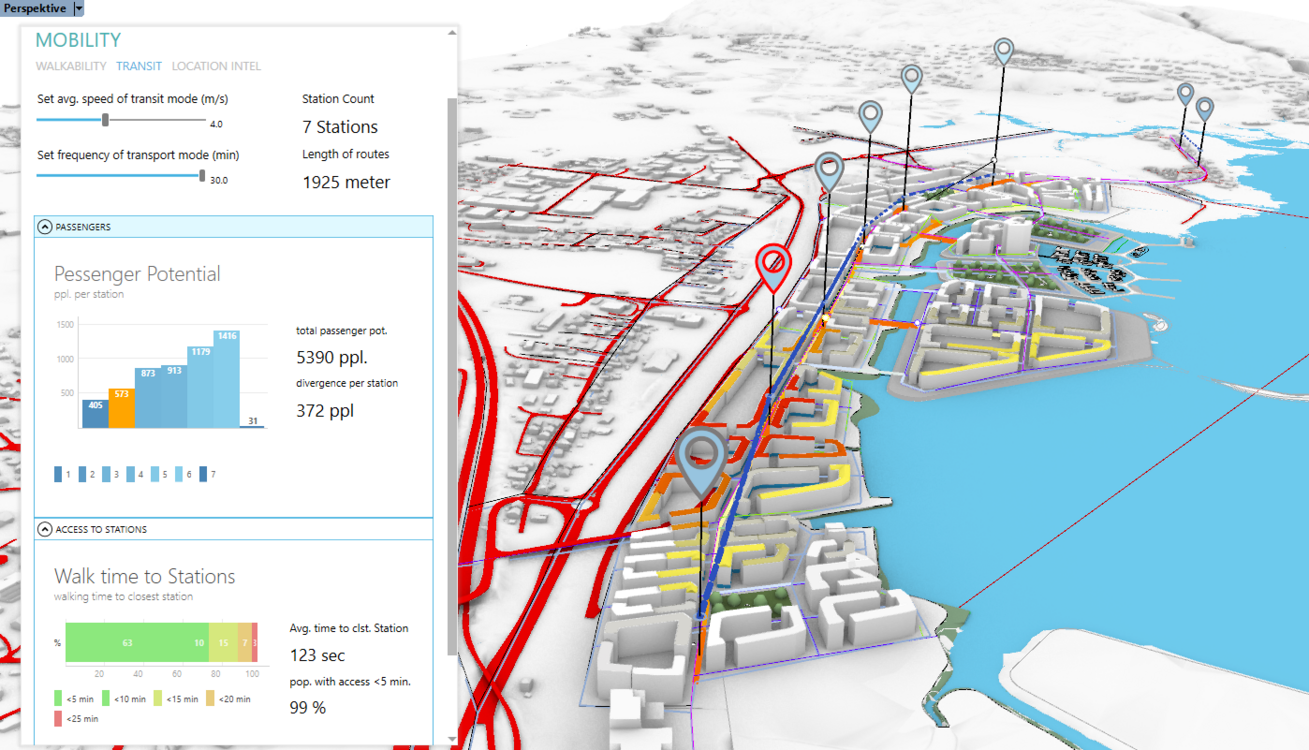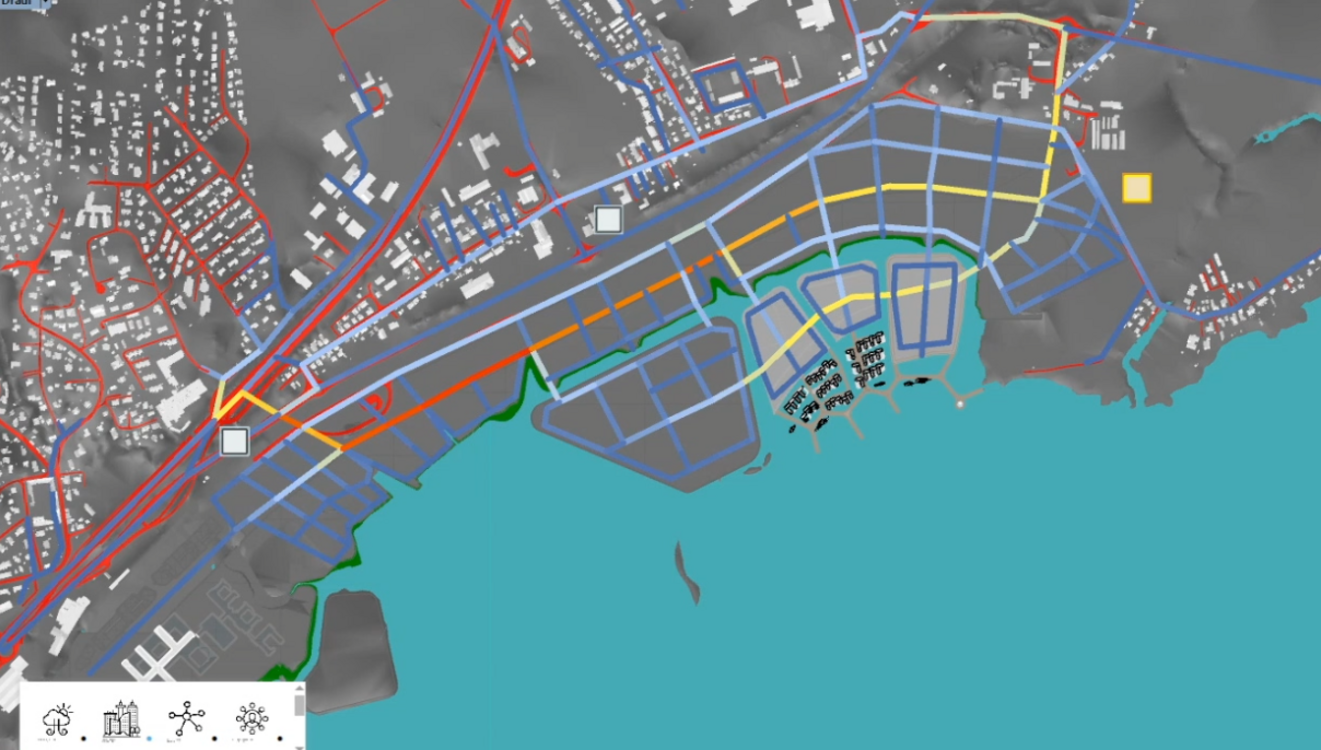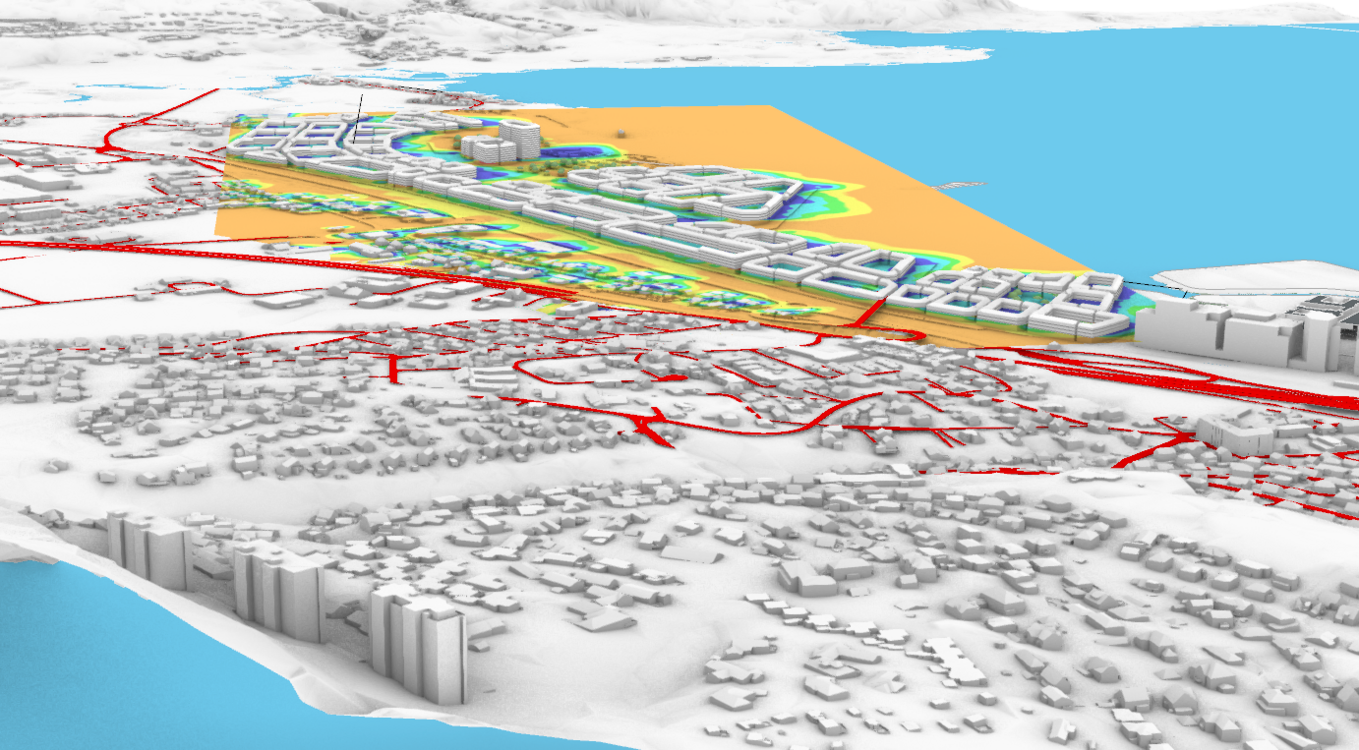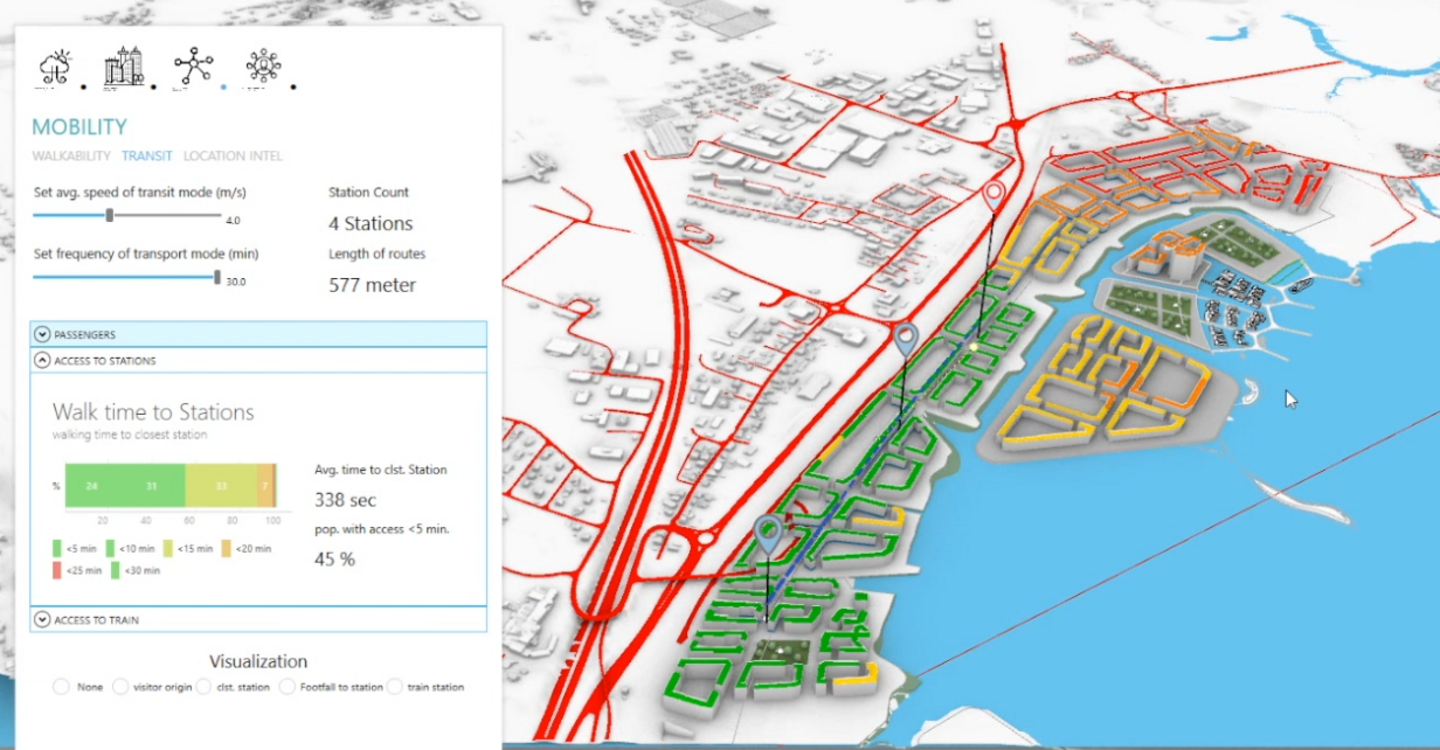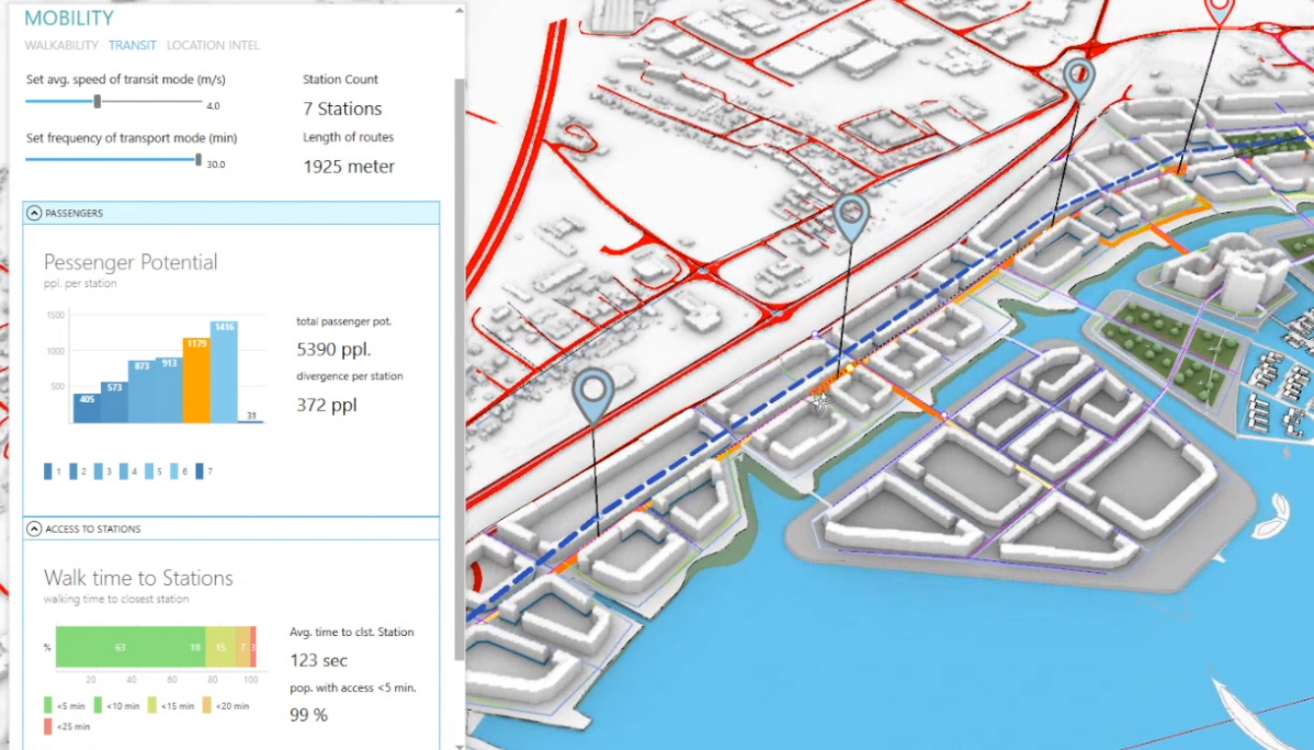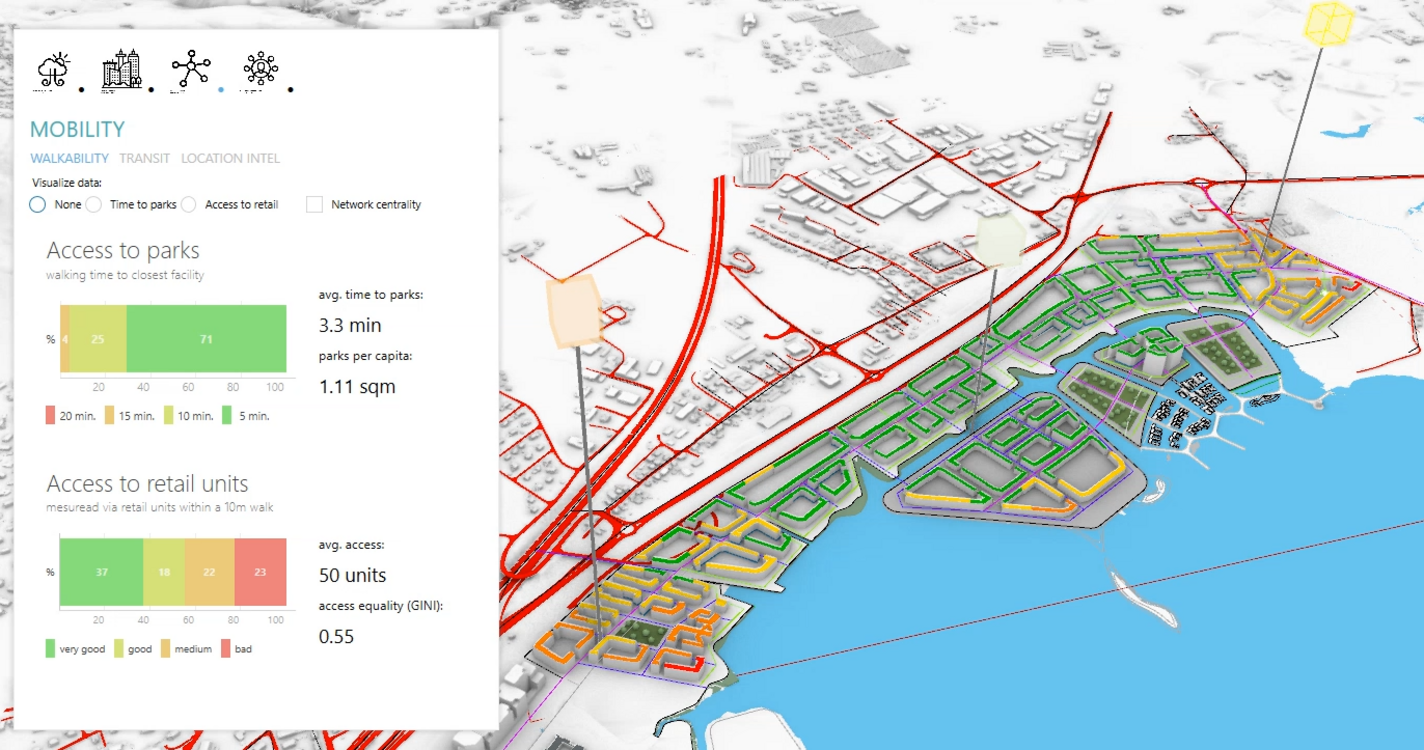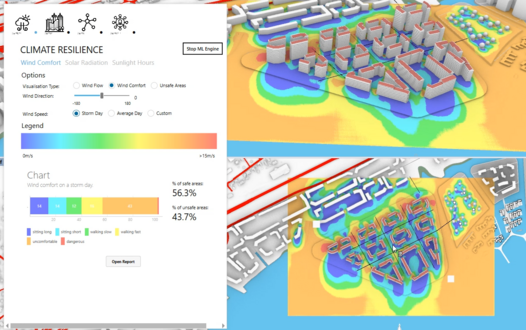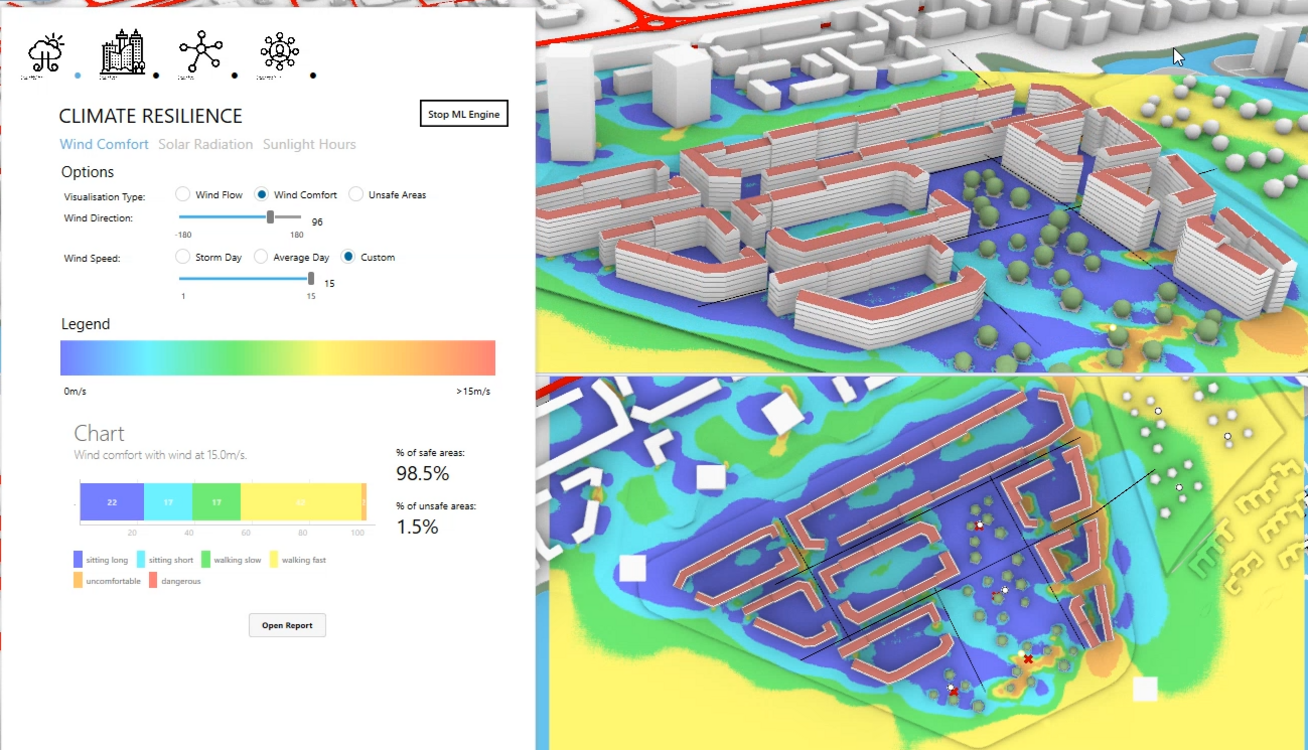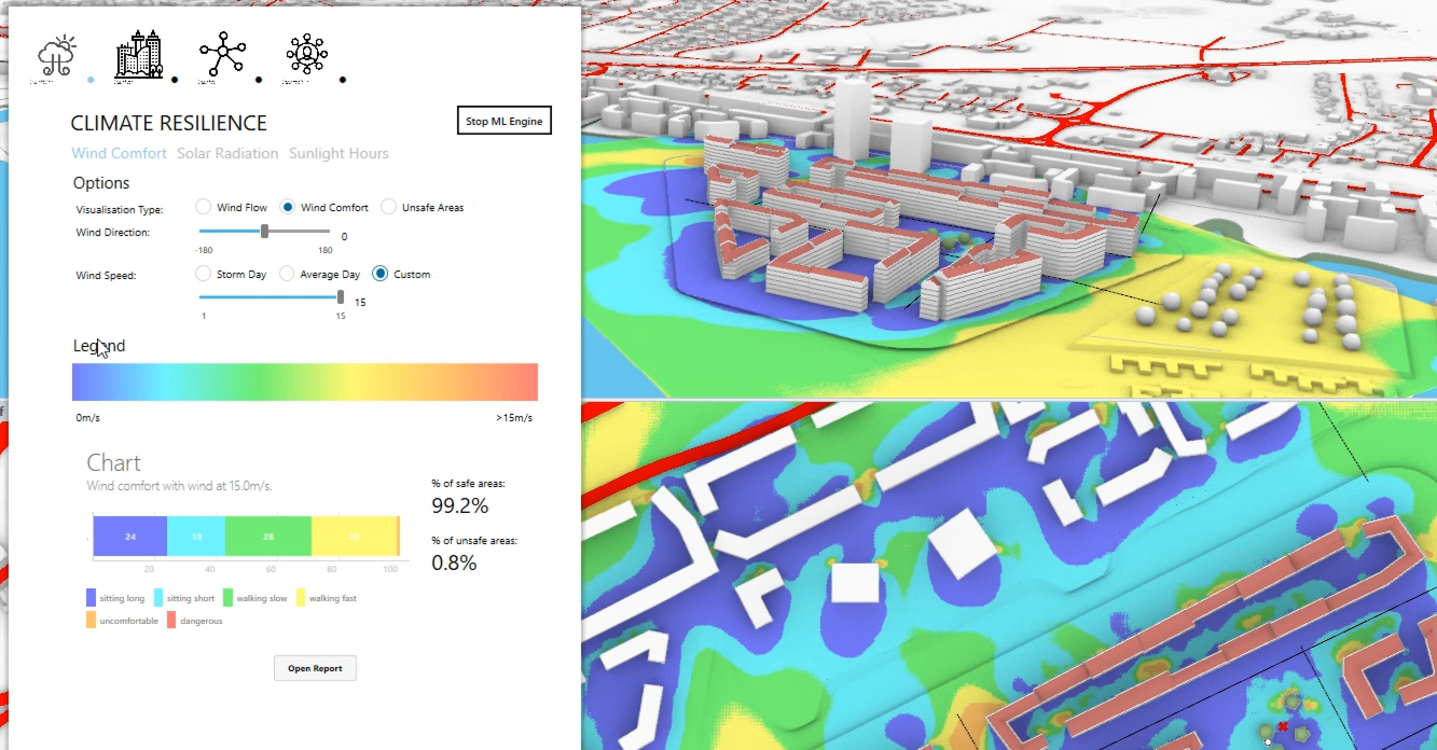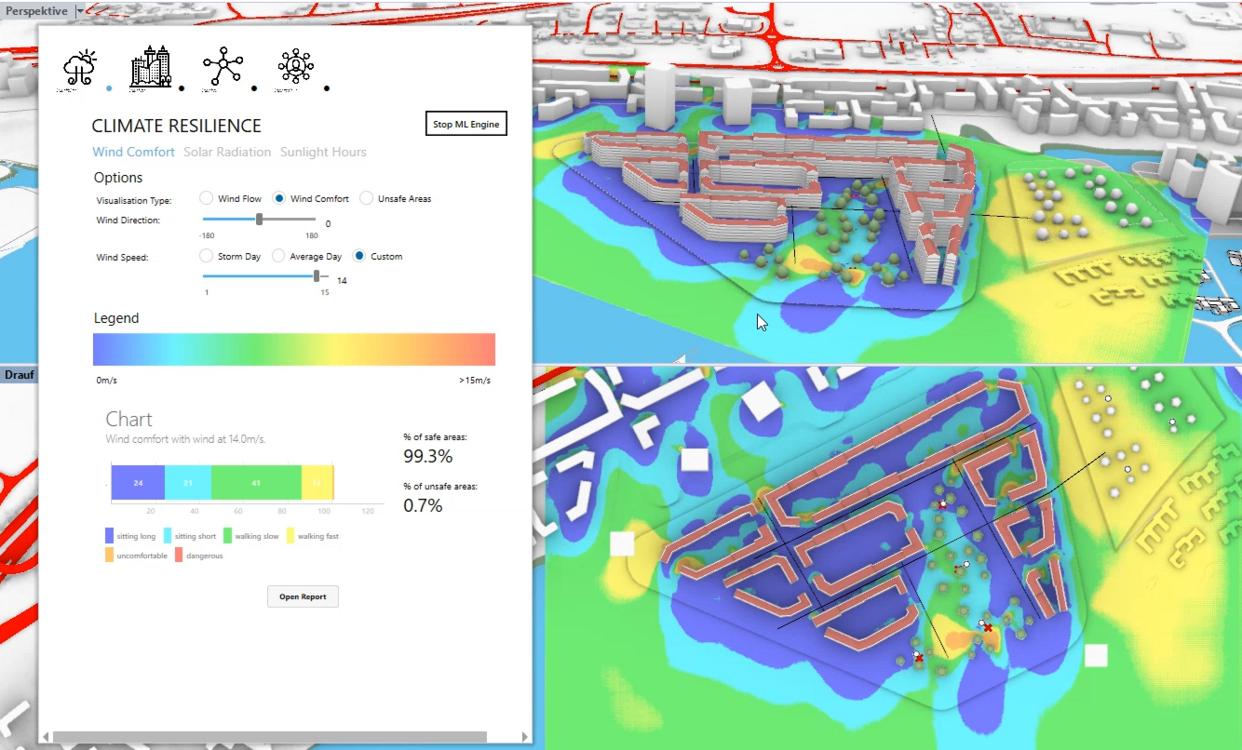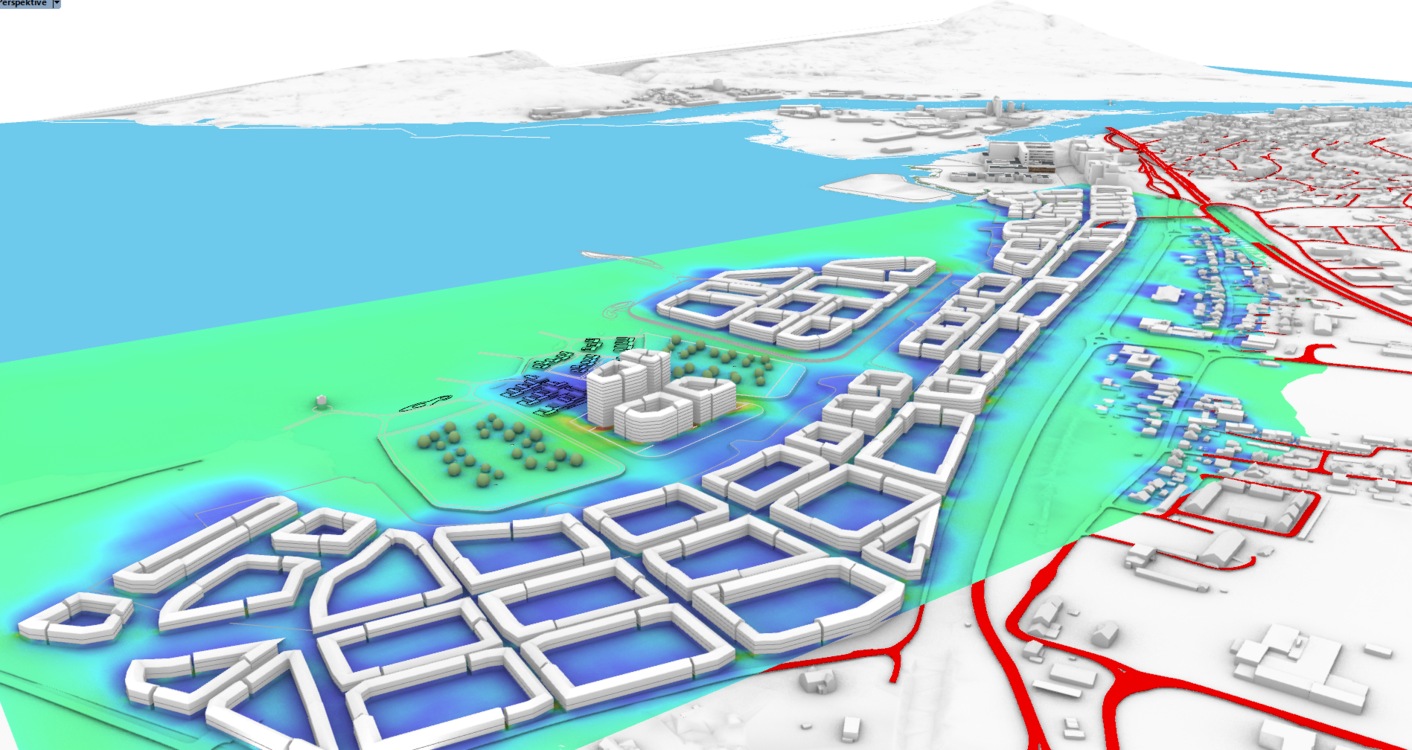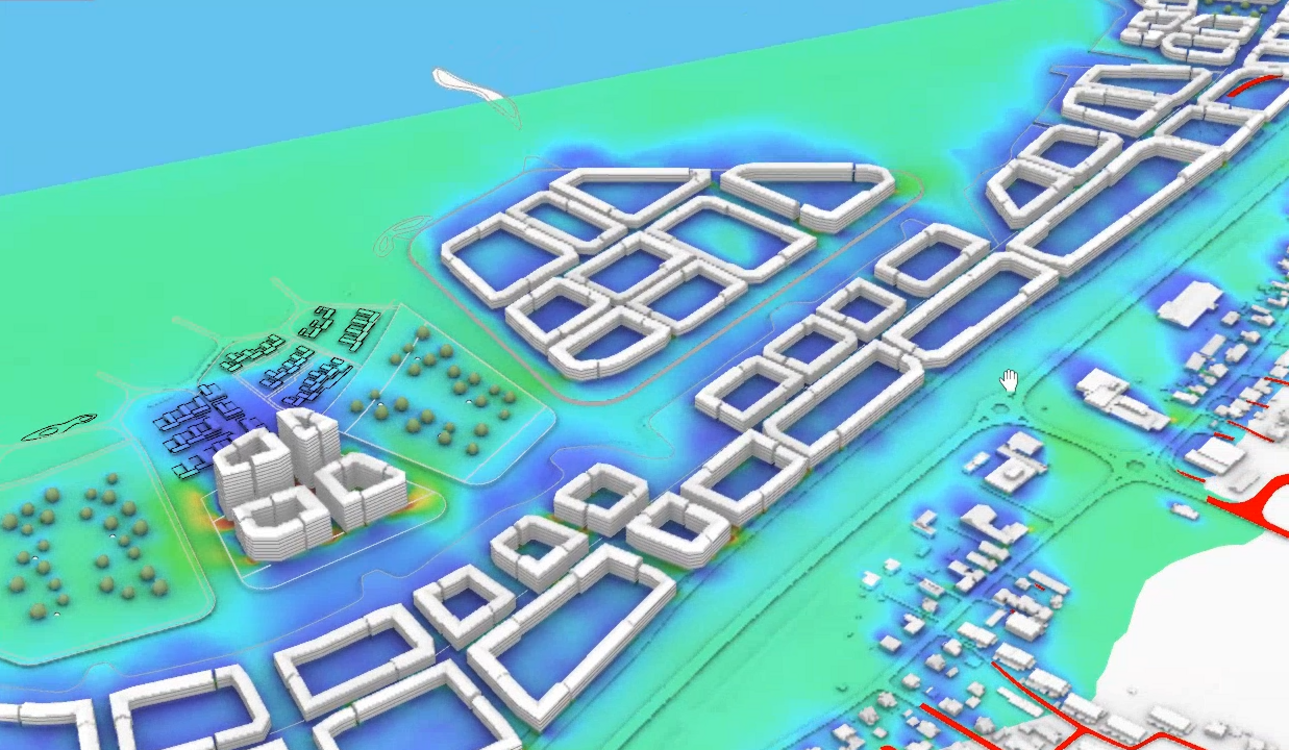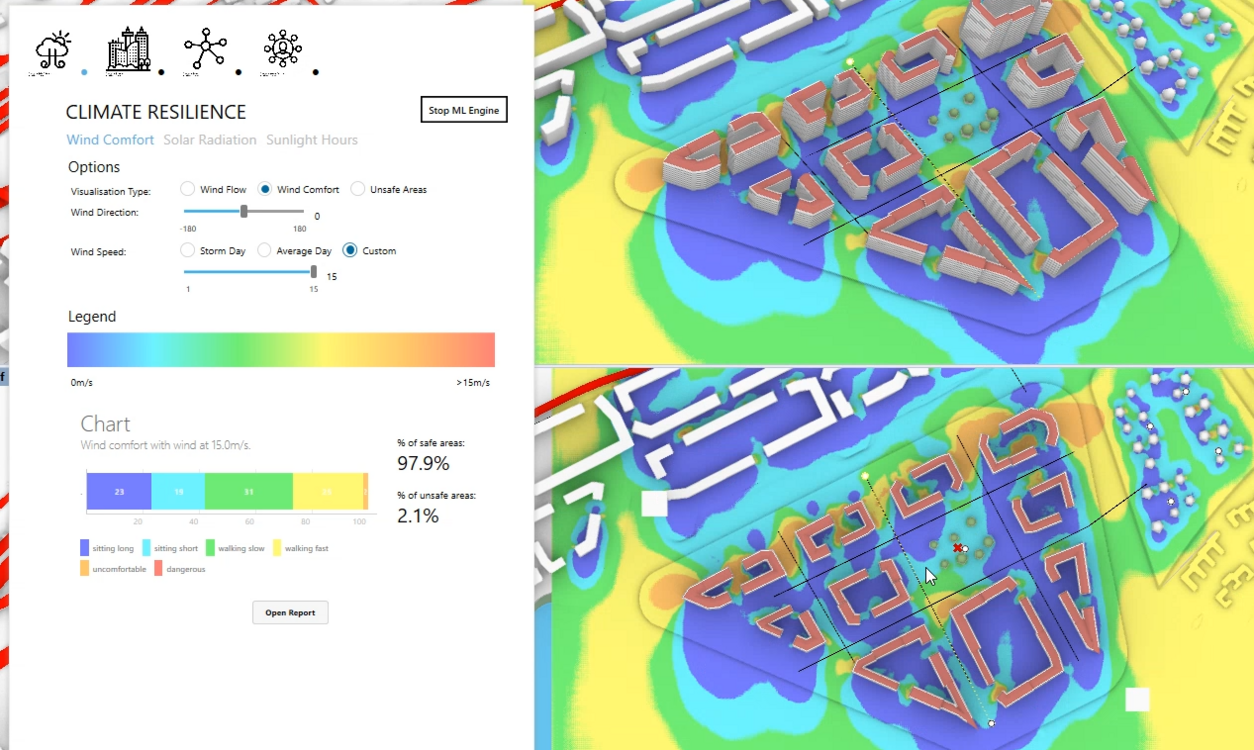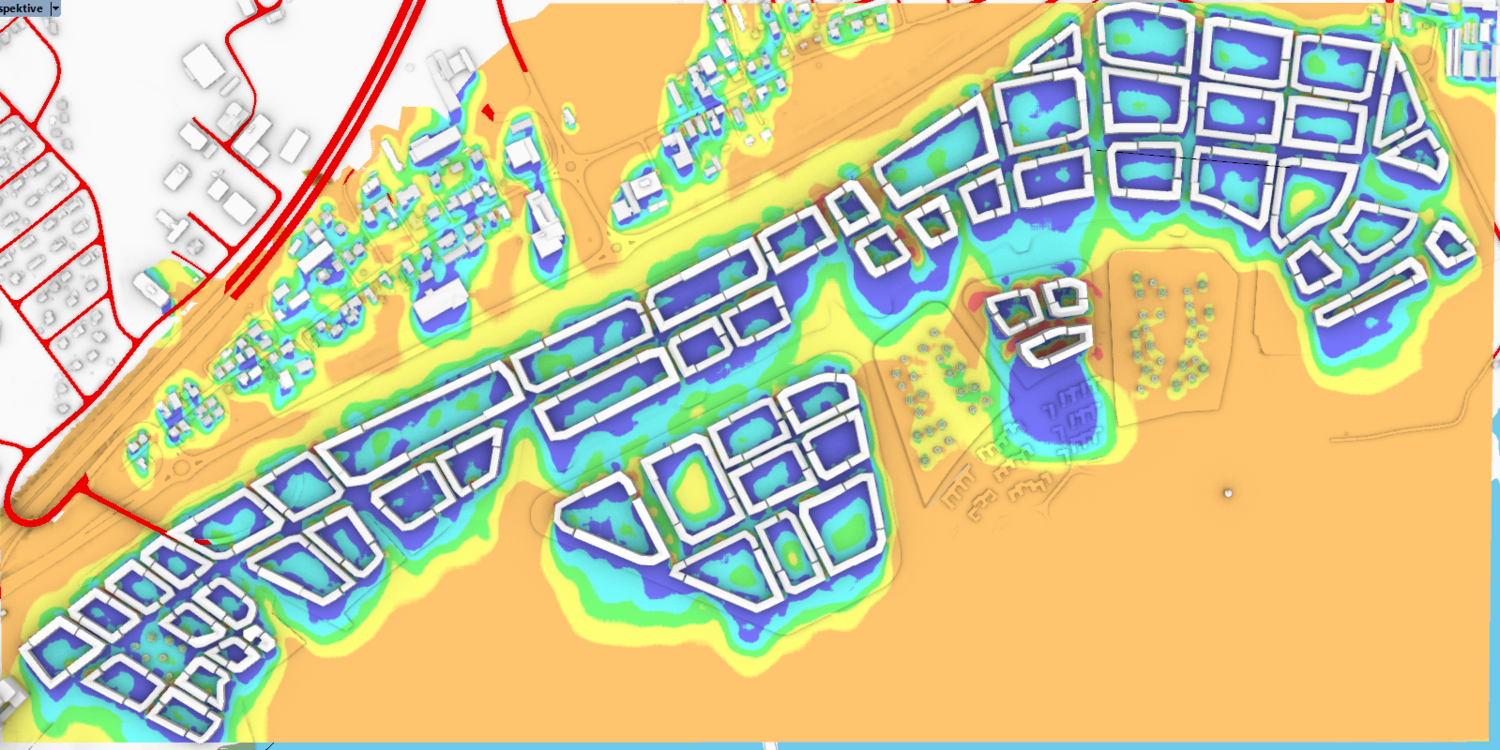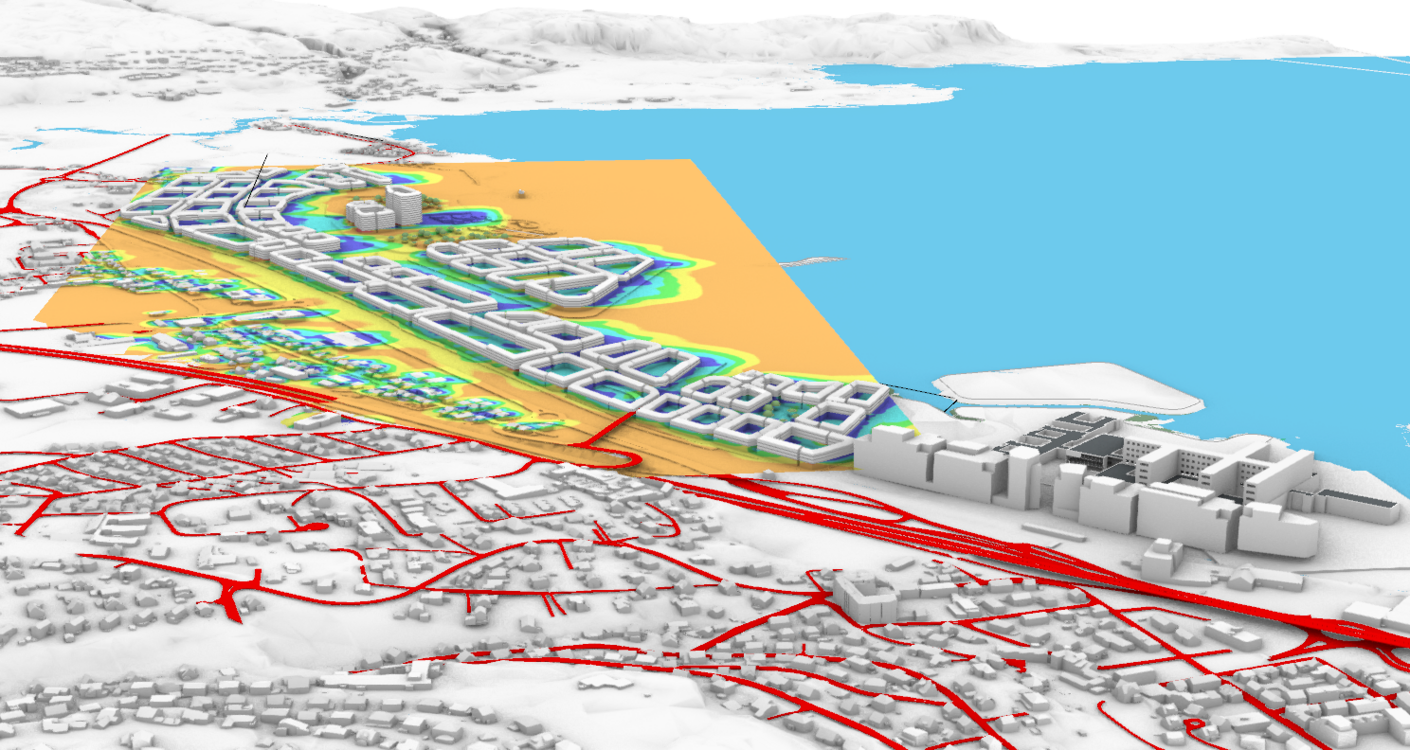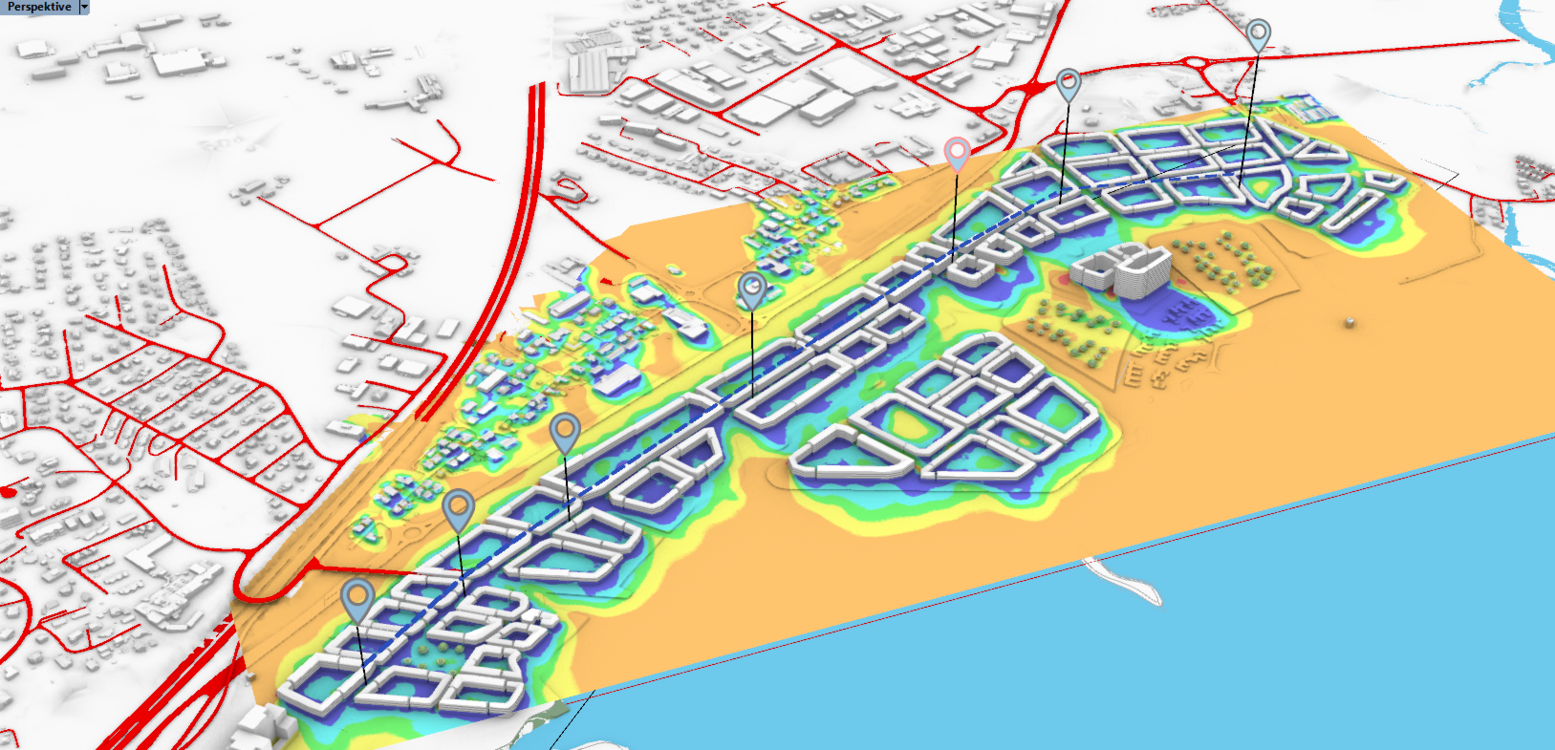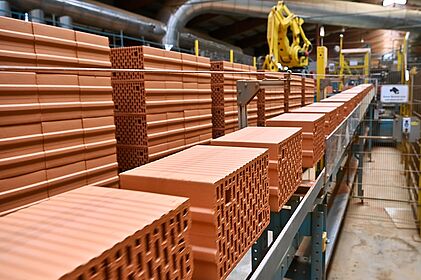In the "City Intelligence Lab" of the Center for Energy at the AIT Austrian Institute of Technology, urban planning is carried out together with clients and users and the effects of certain measures are displayed in real time. This novel form of collaboration also works well in the age of Corona - through virtual cooperation between all participants.
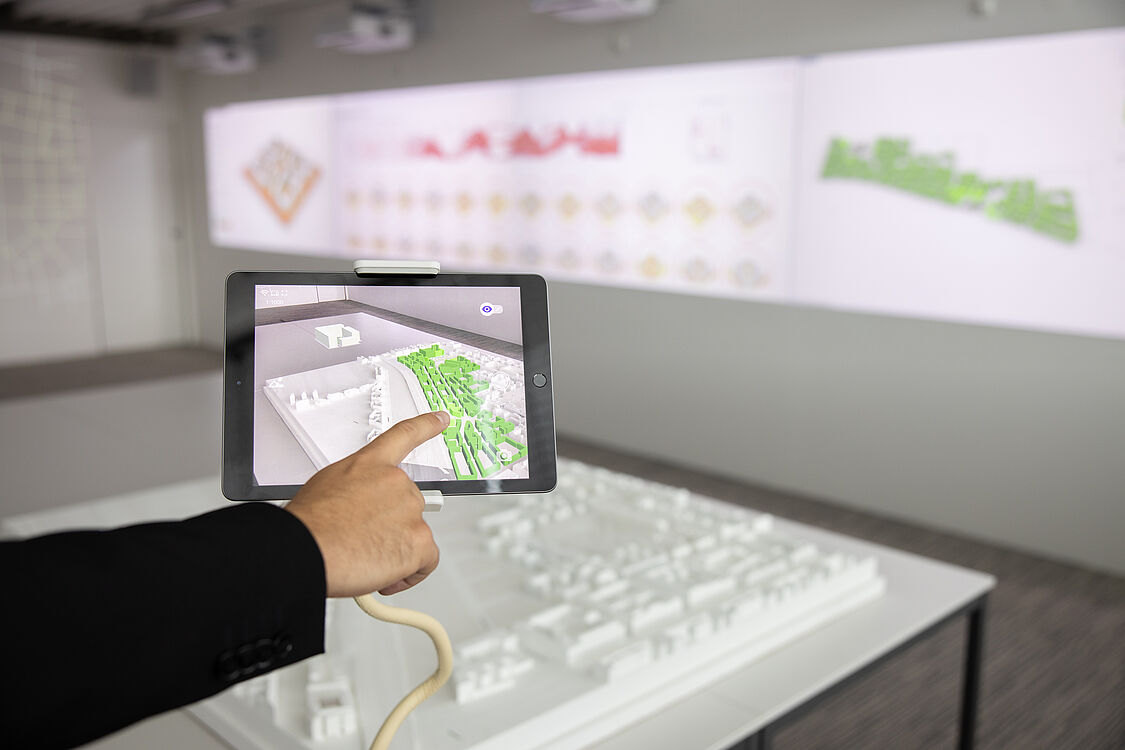
Cities must intelligently manage their development and expected growth, including finding answers to the challenge of climate change. This includes traffic development and accessibility as well as summer overheating, for example. Many problems can be largely avoided through careful planning of neighborhoods, street networks, the orientation and height of buildings, or development density. "The cities of the future must not only be equipped with smart technologies, but also consistently planned digitally - from the neighborhood to the building," is the credo of Nikolas Neubert, urban planner and architect at the AIT Austrian Institute of Technology.
„The cities of the future must not only be equipped with smart technologies, but also consistently planned digitally - from the neighborhood to the building“
NIKOLAS NEUBERT
Urban planner and architect at the AIT Austrian Institute of Technology

Neubert's team has built the "City Intelligence Lab" for this purpose, in which the complex effects of planning on the economy, the environment or mobility can be made transparent and immediately visible - from the earliest planning stage. "With the lab, we have created an interactive platform and an experimental space that can be described as a kind of medical laboratory for digital technologies," says the researcher. Key technologies such as augmented reality (AR) or artificial intelligence (AI) are used to create and visualize physical calculations and complex simulations.
Involvement of the users
In addition - and this is what is really special about the "City Intelligence Lab" - the lab takes the approach of co-creative development, the joint creation of new knowledge. "The City Intelligence Lab is making a paradigm shift toward incorporating the user perspective with the help of digital technologies in the lab," explains Wolfgang Hribernik, head of the AIT Center for Energy. This means that in the lab, planners, clients and users can work together on projects and planning scenarios or make changes to plans on interactive projection screens and 3D models. The system then calculates the effects within a short time, within a few minutes, and displays them clearly. "This gives us a radically new form of seamless collaboration with our customers," says Neubert. For example, one can immediately see which measures would bring cooling in the summer heat for certain parts of the city.
Collaboration via Internet
This works even if you can't be present in person at the lab - as is the norm during the Corona crisis: "In times of increased physical distance, we can continue to work with our partners on planning projects as before. Our customers can participate in the online platform via secure access and work together with us," says the AIT researcher. 3D models as well as the results of projects are accessible around the clock and can be shared with project partners* worldwide via a browser. "The possibilities of digital collaboration far beyond office and national boundaries were already a reality before the Corona crisis, but are now receiving special attention and importance."
Extension of the laboratory
The "City Intelligence Lab" is constantly being expanded, even during the Corona crisis. "We have been able to push our projects forward at a high intensity during times of home office. In recent weeks, we have developed a tool for an AI-based simulation for wind flows in an urban context in an interactive online platform for collaborative design," Neubert reports. This makes it possible to include wind currents in planning within seconds. This is of great importance in times of extreme weather conditions, such as dangerous storms, but also for fine-tuning the microclimatic conditions of a neighborhood.
The experience of the last few weeks has solidified a conviction in Neubert: "We think that with our technologies, the planning practice of the future will look different: Digital planning methods that are also available online have gone from nice-to-have to must-have."

